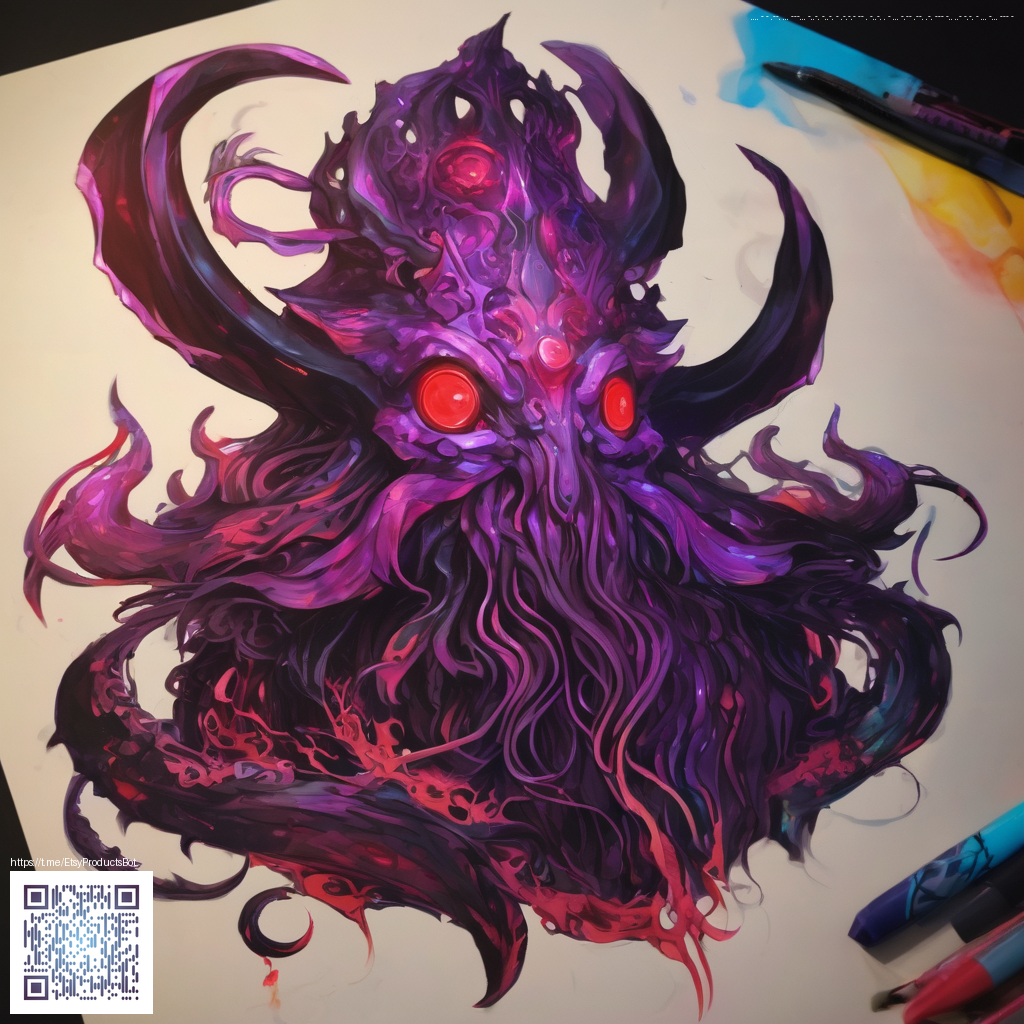
Top Psychological Horror Experiences That Will Haunt You
When the lights go down and the room grows quiet, psychological horror isn’t about jump scares alone—it’s about the way a game lingers in your thoughts long after you’ve turned off the console. These titles master atmosphere, unreliable narration, and creeping dread, pulling you into minds that aren’t sure who they are or what’s real. It’s a genre built on tension, not adrenaline, where every creak, whisper, and choice carries weight.
From claustrophobic corridors to mind-bending narratives, the following experiences stand out as must-plays for players who crave something more than surface fright. Each entry pushes the boundaries of what a horror game can be, relying on psychological depth and meticulous pacing to unsettle you long after the final cutscene fades.
Silent Hill 2
Often cited as the gold standard of psychological horror, Silent Hill 2 leans into guilt, memory, and unresolved trauma. The town’s fog and oppressive soundtrack fuse with protagonist James Sunderland’s deteriorating sense of reality, creating an oppressive atmosphere where every corner feels like a mirror reflecting your fears. The brilliance lies in what’s implied—what you imagine is often more terrifying than what you see.
Amnesia: The Dark Descent
Isolation and vulnerability are the core, with a storytelling approach that strips away combat and replaces it with careful navigation through darkness. The fear is existential: losing track of your own sanity while monsters lurk in the shadows. The game’s light mechanics and environmental storytelling craft a sense of helplessness that lingers long after you’ve restored light to a room.
“Horror is less about what you fear and more about what your mind fills in when fear is everywhere.”
Outlast
Found-footage tension magnified by a relentless pace and a brutally immersive setting—a derelict asylum where you’re powerless without your camera. The fear comes from being watched, recorded, and hunted, with every hallway revealing a new layer of dread. This one isn’t about screens of gore; it’s about the suffocating sense that you’re never truly safe.
Layers of Fear
Layers of Fear revels in artful storytelling and psychological manipulation. As you descend through a painter’s distorted memories, the boundaries between creator, creation, and reality blur. The game uses perception as a weapon—giving you just enough detail to question what’s real and what’s not in a world where every brushstroke hides a secret.
Soma
Break from traditional horror’s jump scares into a cerebral sci‑fi nightmare about consciousness, identity, and the human cost of technological progress. Soma’s oceanic abyss is filled with questions rather than monsters; the dread comes from contemplating existence and what it means to be human when your sense of self is under threat.
Alien: Isolation
Survival horror at its most tense, with an atmosphere that nails the quiet horror of being hunted by a nearly unstoppable foe. The tension isn’t in gore but in the relentless pursuit and the cunning required to stay one step ahead. It’s a masterclass in how sound design and environmental storytelling can keep you on edge without flashy set pieces.
If you’re planning long game sessions or weekend marathons, consider pairing these experiences with a practical, portable accessory. For example, a compact, M agSafe-friendly setup like the Neon Card Holder Phone Case MagSafe 1 Card Slot Polycarbonate can help you keep essentials secure while you navigate tense corridors and mind-bending stories. For readers who enjoy a visual companion alongside the games, this gallery page https://opal-images.zero-static.xyz/27e727ac.html offers related imagery that echoes the mood these titles create.
One practical tip for getting the most out of psychological horror is to manage your environment. Dim the lights, put on good headphones, and give yourself permission to pause—these games thrive on atmosphere, and a moment of quiet reflection can be a part of the experience, not a distraction. Additionally, consider keeping a journal of your thoughts after each session; you’ll notice patterns in what unsettles you and what draws you deeper into the story, which can enhance future playthroughs.
Gameplay notes and pacing
- Trust your intuition: many moments rely on what you sense rather than what you see.
- Take your time with exploration—the environment is often the antagonist as much as any creature.
- Use audio to your advantage: subtle cues inform you of danger and lore without explicit exposition.
Ultimately, psychological horror asks you to confront your own perceptions. These games don’t just scare you; they invite you to question what you know about fear, memory, and the mind’s capacity for storytelling. If you’re curious about more visual inspiration tied to this mood, the page linked above is a great place to start exploring related imagery.
Similar Content
Explore related imagery and ideas here: https://opal-images.zero-static.xyz/27e727ac.html